How to invest in stocks
Learn to invest in stocks and funds for the first time, including what accounts you can use to invest and what to think about.

Please remember, investment value can go up or down and you could get back less than you invest. The value of international investments may be affected by currency fluctuations which might reduce their value in sterling.
Investing can be daunting, but it doesn’t need to be. When you invest in stocks, you’re hoping to make more money back than you put in. You can make money when shares you own increase in value, or when the company you have shares in make payments to you, called dividends, increasing your overall return.
Learning how to invest in stocks can be really simple and we’ve got you covered with the basics.
What are stocks and shares?
Broadly speaking, stocks and shares refer to the same thing. The words are often used interchangeably, but there are differences.
“Stock” is the term for having an ownership in one or more companies. A “share” refers to ownership of a piece of a company. Companies list themselves on the stock market to raise additional money. The more shares you have in a company, the more of it you own.
For example, an investor can own 'stock' in a company, made up of 100 'shares'.
What is the stock market?
The stock market is a general term used to describe a place where investors buy and sell their ownership in public companies – along with some other financial instruments. The London Stock Exchange (LSE) is one of the most well-known stock markets, or the New York Stock Exchange (NYSE) and NASDAQ in the United States.
Historically, this would mean physically meeting and exchanging physical paper certificates which confirmed your ownership stake in a company. That’s no longer the case and most trades are made electronically. The easiest way is through an investment account, like our Trading Account or Stocks and Shares ISA.
What are the different ways to invest in stocks and shares?
For retail investors, there are two ways to invest in stocks and shares – directly and indirectly – and you can do both in an online investment account.
- Directly simply means you pick the stocks yourself and place the trades for each one It’s also riskier as you’ll need to carry out the research yourself and monitor how they perform for the right time to sell.
- Indirectly investing means investing in a fund which will pool your money with other investors and make selections on your behalf. The fund manager takes a cut of any earnings and you can track the performance of the fund and sell your holding at any time.
Learn more about what funds are and how to invest in them.
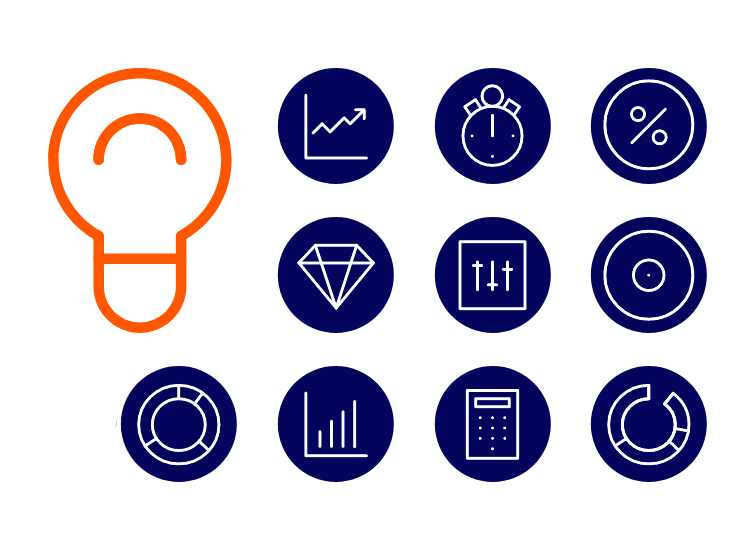
Types of investments (Funds, trusts and ETFs)
If you think the managed fund route is the one for you, you’ve still got some decisions to make. There are several types of investments out there to be aware of, but you also need to think about whether a fund manager will be actively or passively managing the fund.
Funds are a popular way to invest, and in the UK, most are structured as Open Ended Investment Companies (OEICs). These funds typically come in two classes; income funds and accumulation funds. Income funds pay out dividends to investors and accumulation funds reinvest back into the fund to increase the unit value.
OEICs tend to be actively managed, meaning the fund manager watches the market closely to update what the fund invests in. They are valued daily with a single price, regardless of if you’re buying or selling, and the price relates to how the Net Asset Value (NAV) of the portfolio changes.
Investment trusts, similar to OEICs, invest in the shares of other companies, but they differ in structure. Investment trusts are structured like a company. Investors in a trust share in the capital gains, or losses, and in any income payments made. As a result, trusts have two values: the value of the investments held in the trust and the share price. They also have a fixed number of shares at launch, so if they want to raise more money in the future they need to issue more shares.
Exchange-Traded Funds (ETFs) are funds that trade just like shares do on stock exchanges. They invest in a wide range of companies, so you don’t have to pick individual shares, and they’re passively managed. This means that they track an index of stocks rather than being actively managed by the fund manager. They often carry less charges as a result.
What type of accounts can hold your shares?
For individual investors you’ll need an account to hold the shares you’re going to be investing in. There are three to choose from depending on your goals and if you’re investing for the short or long term.
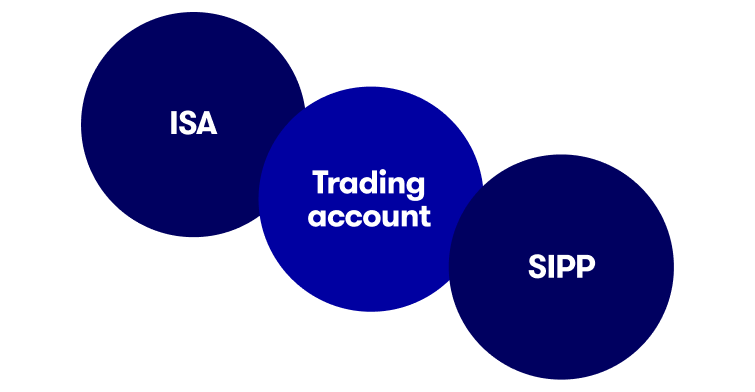
ISA
A Stocks and Shares ISA is a tax-efficient account to invest in. You can top up each year, up to your maximum ISA allowance, and you’ll have instant access to your savings.
It protects your earnings from Capital Gains Tax (CGT) and Income Tax, without using your personal tax allowance.
This means you won’t pay tax on dividends you receive or any profit you make when you sell.
SIPP
A SIPP, or Self-Invested Personal Pension, allows you to take control of your pension and gives you the freedom to choose your investments.
It can also be used to consolidate all your pensions so they’re easier to manage.
A SIPP is still part of your pension though, so you can normally only access the money from age 55 (57 from 2028).
Trading Account
A Trading Account is a general investing account that lets you invest in a broad choice of investment types and exchanges.
There aren't any tax benefits, but unlike an ISA and SIPP you’re not capped on how much you can put in to invest with.
Ideal for investors who have used their annual ISA allowance and want to make use of other/surplus cash savings.
Do you have to pay fees to invest in stocks?
There are usually fees and charges involved in trading. It’s important to be aware of what charges there might be as this ultimately affects how much you keep.
Can I reduce the charges and fees?
You can’t get away from charges completely, there will always be some involved in trading. But choosing the right account type and provider can reduce these.
For example, an ISA can protect you from capital gains and income tax, and the right provider can mean you pay less in fees.

Manage your stock investments
How you look after your investments will be unique to you. Lets consider how much time you have, what risks you're comfortable and what you want to get out of it.
How much time can you give to investing?
Managing your investments is something you’ll need to make time for. The stock market can be unpredictable, and the value of your investments can quickly change. It’s important to keep an eye on how your investments are performing and make time to manage. Some investment types might require more of your time than others.
For example, if you’ve invested in funds that have a fund manager these will need less of your time than stocks you’ve specifically chosen yourself.
Determine your appetite for risk
Your appetite for risk is a good indicator of how much time you’ll need to look after your investments. You’ll want to keep a closer eye on those investments that could give higher returns. They’re more likely to be volatile to price drops and rises, so you’ll need to invest time to sell out at the right time and maximise returns.
Set your investment goals
Deciding what you’re investing for is a key factor when deciding what to invest in and how to manage your portfolio.
For example, if you're investing your pension savings it’s probably best not to be too risky in the investments you choose and focus on more stable longer-term returns. This might be less of a concern if you’re investing with extra cash in your ISA or Trading Account where taking risks can be more attractive.
Choosing a share trading platform
Share trading platforms all have the same core purpose. They give investors access to the investment market that otherwise wouldn’t be available and provide a place for you to then hold and manage your investments.
That doesn’t mean all share trading platforms are the same though. They all do things a little differently and try to have something that makes them unique. So, you’ll want to shop around for the right one for you.
At ii, we pride ourselves on having some of the best editorial content around, helping our customers stay ahead. But unlike other providers, we charge low, flat fees – instead of a percentage of your portfolio.
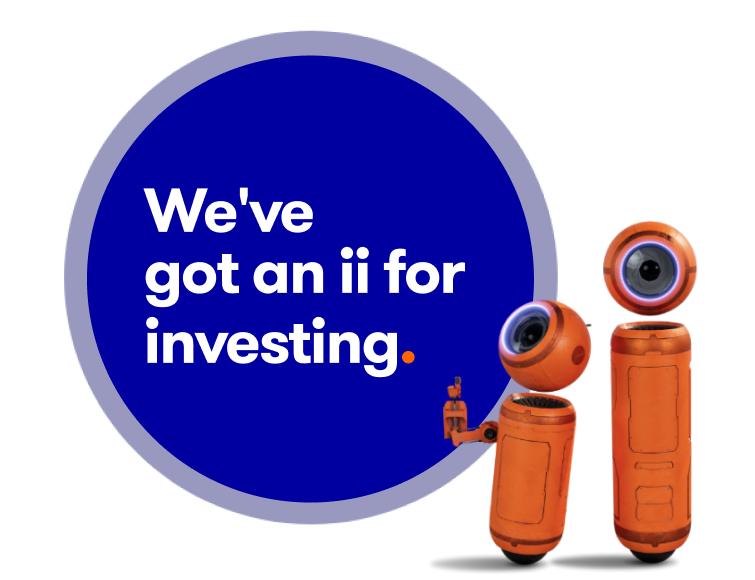
How to buy and sell shares
- Open an account. You can choose from our Stocks and Shares ISA, Trading Account or SIPP (Self-Invested Personal Pension).
- Add cash. It’s quickest by instant bank payment or debit card and you’ll be able to invest with the cash straight away. But you can also set up a direct debit and use our free regular investing service.
- Choose your investments. Research shares to invest in and then it’s easy to trade shares from your account dashboard or our mobile app. Learn how to place a trade.
- Monitor your portfolio. Our platform makes it quick and simple to keep an eye on your investments, with access to our research, analysis and the latest market news.
Important questions to ask yourself before you invest
Before you invest, it’s important to make sure you're financially ready. Ask yourself...
Do you have any debt?
It’s important to remember that investing isn’t risk free and you might not get back what you put in. If you have any high interest debts it might not be the right time to invest. You could be better off using that money to settle those debts first, because the returns you make are unlikely to offset high interest repayments.
Do you have rainy day savings?
No matter how much you plan, life can be unpredictable so it’s always a good idea to have some money set aside for a rainy day. Before investing, ask yourself do you have enough emergency cash if you received any unexpected outgoings? It might be a utility bill you didn’t plan for, or your car breaks down and needs repairs. Having a safety net will put you in a much stronger position when it comes to investing.
Are you prepared to invest for 5 years?
Investing isn’t meant to be a quick answer to growing your savings. Although it’s possible to see returns quickly if a company has an unexpected price rise, it’s not something you can rely upon happening. It’s important to bear in mind that it could take a while before you see meaningful returns so set some realistic expectations and plan to invest for the long term.
Are you old enough to invest?
You must be 18 years old to invest. Just like any financial product or service, investing is a serious commitment that requires you to be aware of and understand the risks involved. Anyone younger will need an adult to invest on their behalf in an account specifically set up for a child – like a Junior ISA.
What is your investment budget?
Understanding how much, and when, you can afford to invest will really help you manage your investments and when you can expect to meet your goals. Budgeting can help you stay on track and only invest with money you can spare.
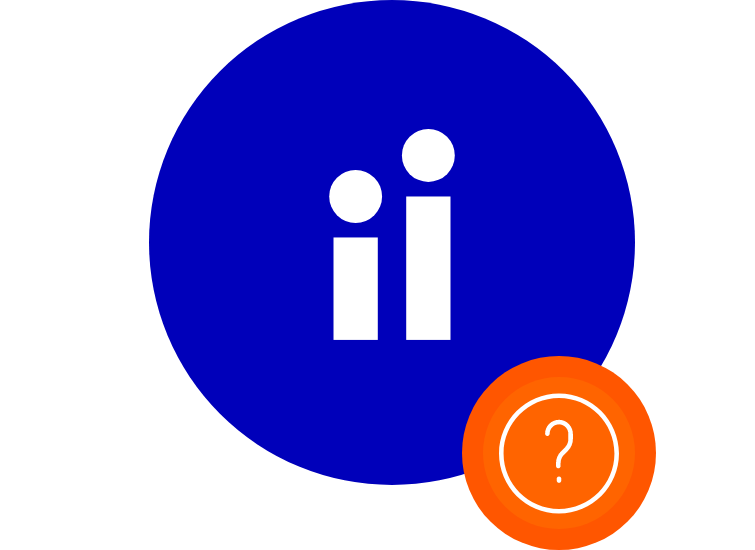
FAQs
Can’t decide how to invest your ISA?
You can always sit back, relax and leave it to the experts with a Managed ISA. We'll match you to a tailored investment portfolio, that reflects the risk level you're comfortable with.
Then our experts will look after your investments for you - so you can rest easy, knowing your money is managed.
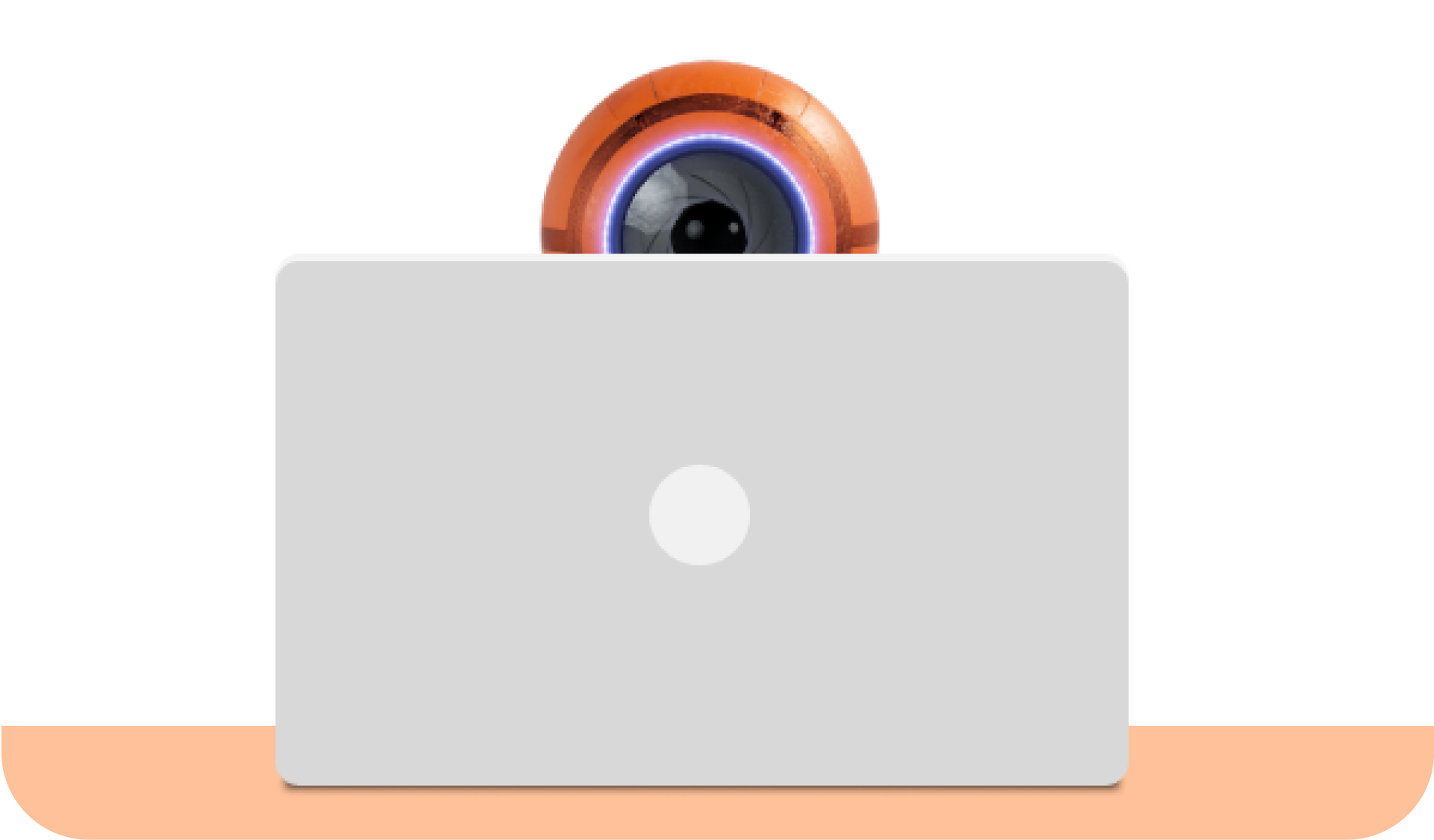
Open an account
Whether you are looking for a general trading account, an ISA or a SIPP, we’ve got you covered with a low, flat fee.
ISA.
Make the most of your £20,000 tax-free savings allowance with our award-winning Stocks & Shares ISA.
SIPP.
Take control of your pension with our £5.99 a month Which? Recommended SIPP.